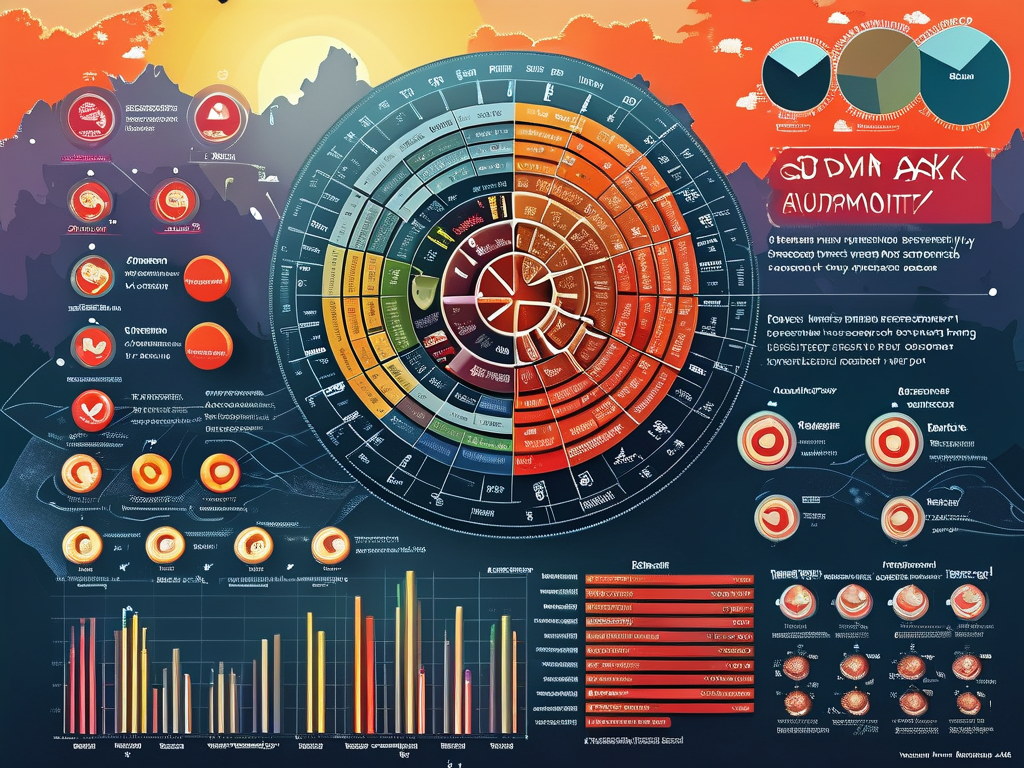In the rapidly evolving financial sector, banks handle massive volumes of transactional data daily. Efficient data compression and encryption are critical to ensure operational efficiency and security. Zipper algorithms, specialized techniques for data compression and structured storage, play a pivotal role in modern banking systems. This article explores the types of zipper algorithms commonly used by financial institutions and their practical applications.

One widely adopted algorithm in banking is the DEFLATE algorithm. DEFLATE combines the LZ77 algorithm for string matching with Huffman coding for entropy compression. Banks leverage DEFLATE to compress transaction logs, customer records, and audit trails. For example, a single day’s transaction data from a global bank can exceed terabytes in raw form. By applying DEFLATE, storage requirements are reduced by up to 70%, significantly lowering infrastructure costs. A simplified code snippet for DEFLATE compression in Python might look like this:
import zlib data = b"Sample banking transaction data..." compressed = zlib.compress(data, level=zlib.Z_BEST_COMPRESSION)
Another key algorithm is LZ4, renowned for its speed in compression and decompression. Unlike DEFLATE, which prioritizes compression ratio, LZ4 focuses on real-time performance. This makes it ideal for high-frequency trading platforms or instant payment systems where latency is critical. For instance, banks processing thousands of transactions per second use LZ4 to compress data streams before transmitting them across networks, ensuring minimal delay while maintaining data integrity.
Zstandard (ZSTD), developed by Facebook, has also gained traction in banking due to its customizable compression ratios and speeds. Financial institutions use ZSTD for hybrid workloads, such as compressing historical data archives while ensuring quick retrieval. Its adaptability allows banks to balance between storage savings and processing overhead. A case study from a European bank revealed that migrating from GZIP to ZSTD reduced backup times by 35% without compromising data reliability.
Beyond compression, zipper algorithms like 7-Zip’s LZMA are employed for secure data packaging. LZMA’s high compression ratio and AES-256 encryption support make it suitable for securely archiving sensitive documents, such as loan agreements or KYC records. Banks often integrate LZMA into automated workflows to encrypt and compress files before uploading them to cloud storage, mitigating risks of unauthorized access.
Despite their benefits, implementing zipper algorithms requires careful consideration. Banks must evaluate factors like computational resources, compatibility with legacy systems, and regulatory compliance. For example, while LZ4 offers speed, it may not meet archival requirements for long-term data retention mandated by financial authorities. Similarly, algorithms with proprietary licenses could introduce legal complexities.
Looking ahead, advancements in machine learning are shaping the next generation of zipper algorithms. AI-driven compression models, trained on banking-specific datasets, promise even higher efficiency by identifying patterns unique to financial data. Pilot projects in fraud detection systems already use these models to compress and analyze transaction histories in real time, flagging anomalies faster than traditional methods.
In , zipper algorithms are indispensable tools for modern banks, addressing both operational and security challenges. From DEFLATE’s balance of ratio and speed to ZSTD’s versatility, these algorithms enable financial institutions to manage data at scale while adhering to stringent regulatory standards. As data volumes continue to grow, innovation in compression technologies will remain a cornerstone of banking infrastructure.









